When training for strength or muscle growth most common advice might focus on weightlifting protocols and nutrition, but mental concentration is another important factor. The idea of mindful weightlifting is something Arnold Schwarzenegger recently brought up in an interview about his time as the world’s greatest bodybuilder. “You’ve got to be inside the muscle. This is the difference,” he says about building his championship physique.
There aren’t reams of studies about mindfulness’ effect on strength training as there are with diet, but top trainers and fitness professionals agree that the same inward focus that’s central to yoga can help increase the benefits and efficacy of lifting heavy stuff—and lifting the heavy stuff may also enhance the yogic mindfulness a trainee can achieve.
Of course, it always helps to start slow, and with mindful strength training, it can help to be even slower—as in stopped. Isometric training develops muscles through static exercises, such as wall sits (you can learn how to do wall sits or “air bench” in this quick workout), during which muscles contract without changing length as they would during a biceps curl, which involves raising and lowering a weight.
When holding an exercise position for an extended period, you can start to feel the sensation of where it’s working, says Jeremy Frisch, owner of Achieve Performance Training in Clinton, Massachusetts. Frisch has used isometric holds like these with athletes at Holy Cross University and at his training space—by holding the bottom of a lunge, for example, trainees can start to feel their glutes and quads engaging, firing, and tiring.
“You can feel your hamstrings take over in part of the squat” when you move slowly, says David Jack, owner of the ActivLab, a strength and conditioning facility in Phoenix, Arizona, and the founder of ActivPrayer, an online movement centered on infusing physical action with intention. “You cannot feel that at speed. You feel those movement patterns, and become really aware of the muscle.”
This awareness is a basic principle of mindfulness, commonly defined as “paying attention, on purpose, in the present moment, and nonjudgmentally,” according to Jon Kabat Zinn, M.D., founder of Mindfulness-Based Stress Reduction. Holding these positions, then, can make you more mindful of what you’re supposed to feel and what you really are feeling—and can help you improve each detail of them.
Holding the bottom of a squat, for instance, you can concentrate on placing the weight of your body in your heels, feeling your knees press slightly outward, and the feeling of keeping your chest lifted—much as you would with a yoga pose. And in so doing, says Sally Mitchell, lifting helps increase our mindfulness, and strength training becomes yoga.
“Feeling release is just a byproduct. The core of yoga is all about the mind, reaching higher consciousness,” says Mitchell, a teacher of “Iron Yoga” in Sonoma, California. The physical practice of yoga helps practitioners become truly present because the physical movement requires them to focus on the breath and the mind-body connection. “When we add strength training [elements like weight], it’s even more crucial to have that sense of self-awareness. If we’re doing a yoga pose and adding in the strength training, you really have to slow down [mentally]. This builds an even greater sense of true yoga.”
Mindful strength can also be built by moving—in fact, it can be used to enhance your senses during a lift. To accomplish this, Greg Justice has his clients shut out another sense. They wear blindfolds.
“[Russian Olympic athletes do this] to bring awareness to their body signals and to remember the degrees of tension in their working muscles,” says the owner of AYC Health and Fitness in Kansas City, and a former conditioning coach with the Kansas City Chiefs. With his own clients, the blindfold can help trainees experience “a greater precision and stability by remembering body positions, joint angles … it is also a great way to note some skills or areas that could use correction that might otherwise not be realized.”
And it can improve your proprioception, the body’s sense of its orientation to the space around you. Proprioception is how you keep your balance when you feel yourself falling, or change the radio station in your car without looking. Exercising with a blindfold—shutting off your sense of sight—requires you to keep balance using your other senses, especially proprioception. So this mindful strength practice can make you more attuned to the space around you, and ultimately make you more graceful and aware of your body outside of training sessions.
“You cannot or do not have control by sight alone,” he says. Muscular control “depends on developing delicate sensations in the muscle and joints and understanding your own body movements.” Without sight, the other sensations of each movement can be concentrated on more fully.
Closing your eyes can also help with strength when you aren’t even lifting. In a study from 2004, participants were instructed on how to quietly visualize a lifting technique for 12 weeks at regular intervals. At the end of this study, the visualization group had improved their physical strength in this same movement by 35 percent without physically practicing it over that period. In another study, basketball players who visualized shooting free throws with an imaginary basketball improved their free throw shooting by 23 percent in 30 days without ever touching a basketball—just one percent less than a group that did a dedicated free throw improvement program.
This kind of preparedness is what makes mindful strength training powerful, says David Jack. Mindful strength training is not about being slow, quiet, or peaceful, he says, but preparing your mind for the task your body’s about to perform, whether it’s a plank hold or an explosive jump.
“You set a stage with awareness. You’re setting the stage to focus the energy to one specific goal and feeling, directing your thoughts and intentions to that place,” says Jack. And that movement can be slow and controlled, feeling for every sensation of the exercise. But in other cases, “that’s about feeling fast. [When sprinting,] you’re trying to get your feet on and off the floor as quickly and effectively as possible. But you have to be aware and focused on that result. Once we set the expectation and can set our minds to it,” the benefits and the effectiveness can be amplified.
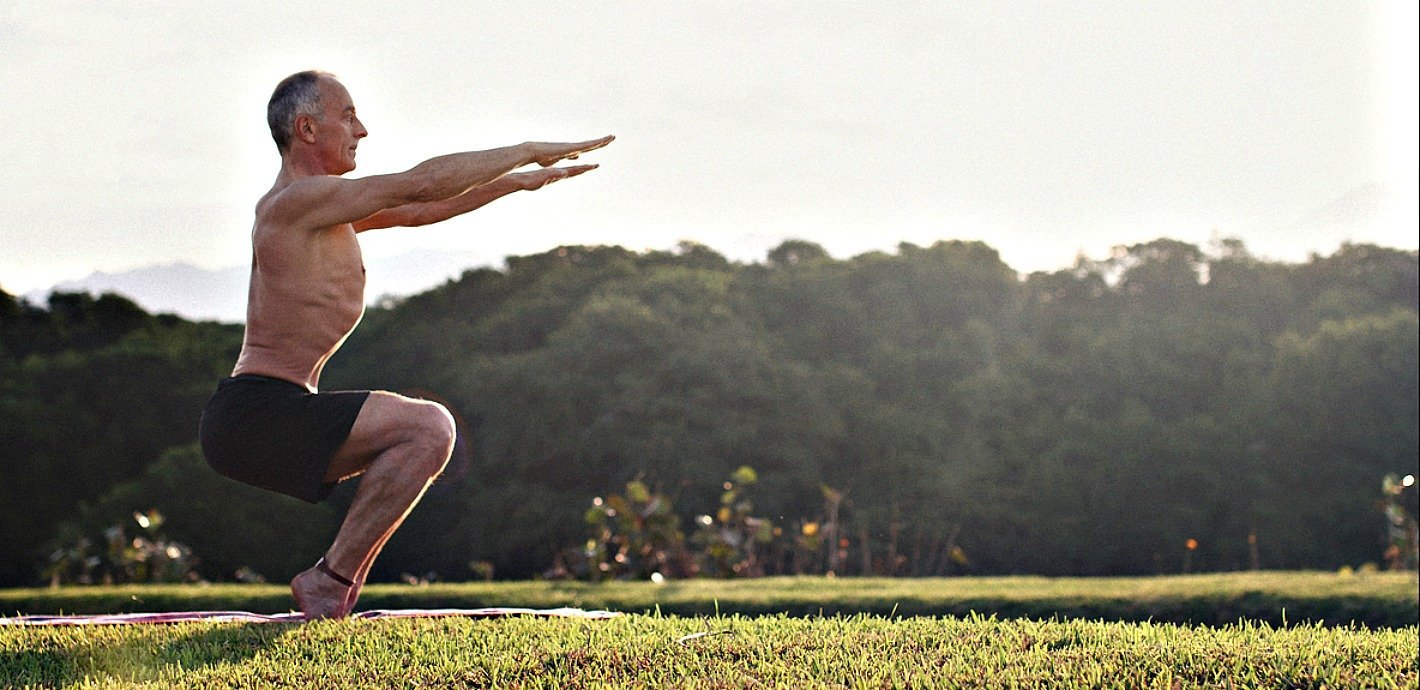


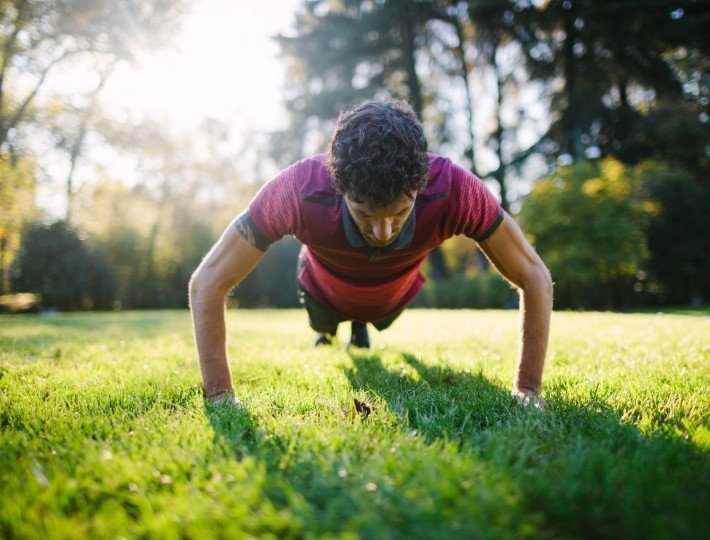

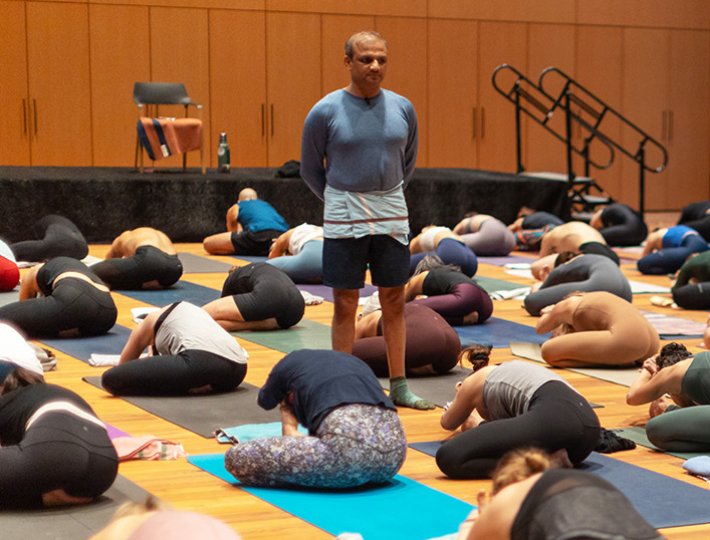
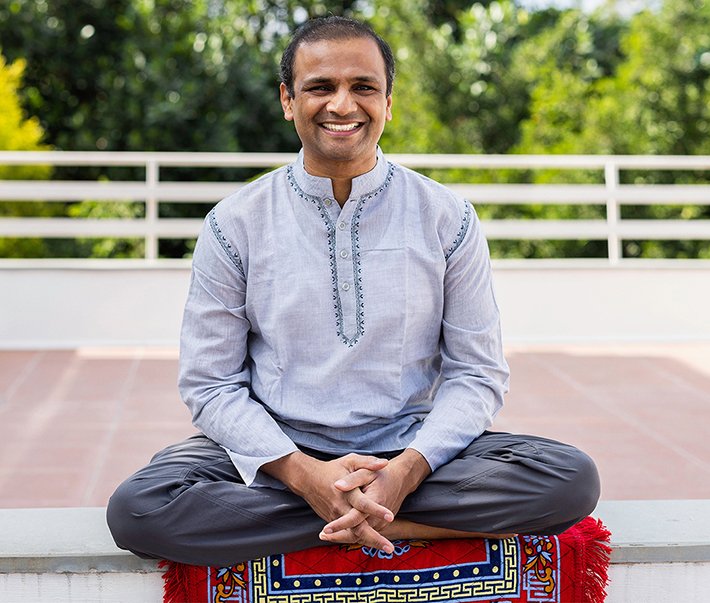
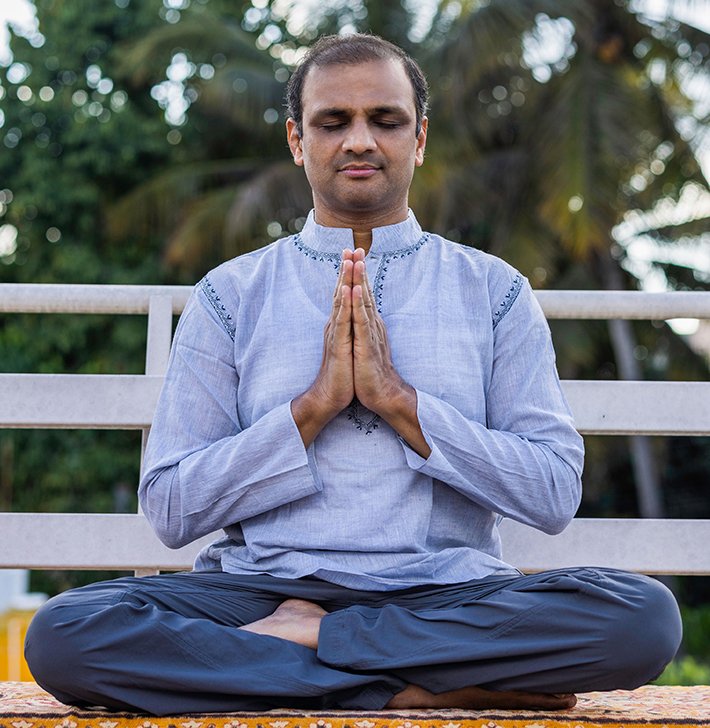



Comments (0)